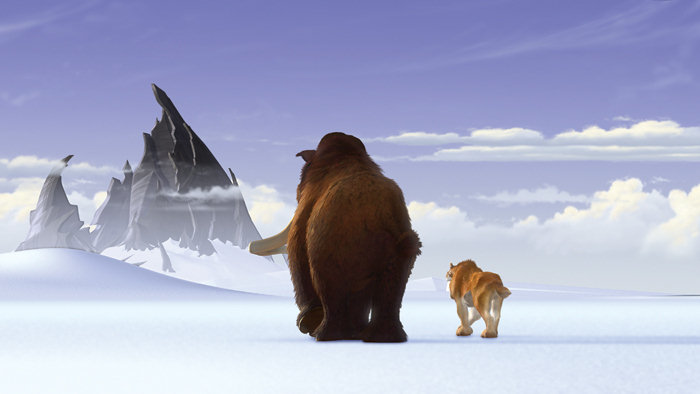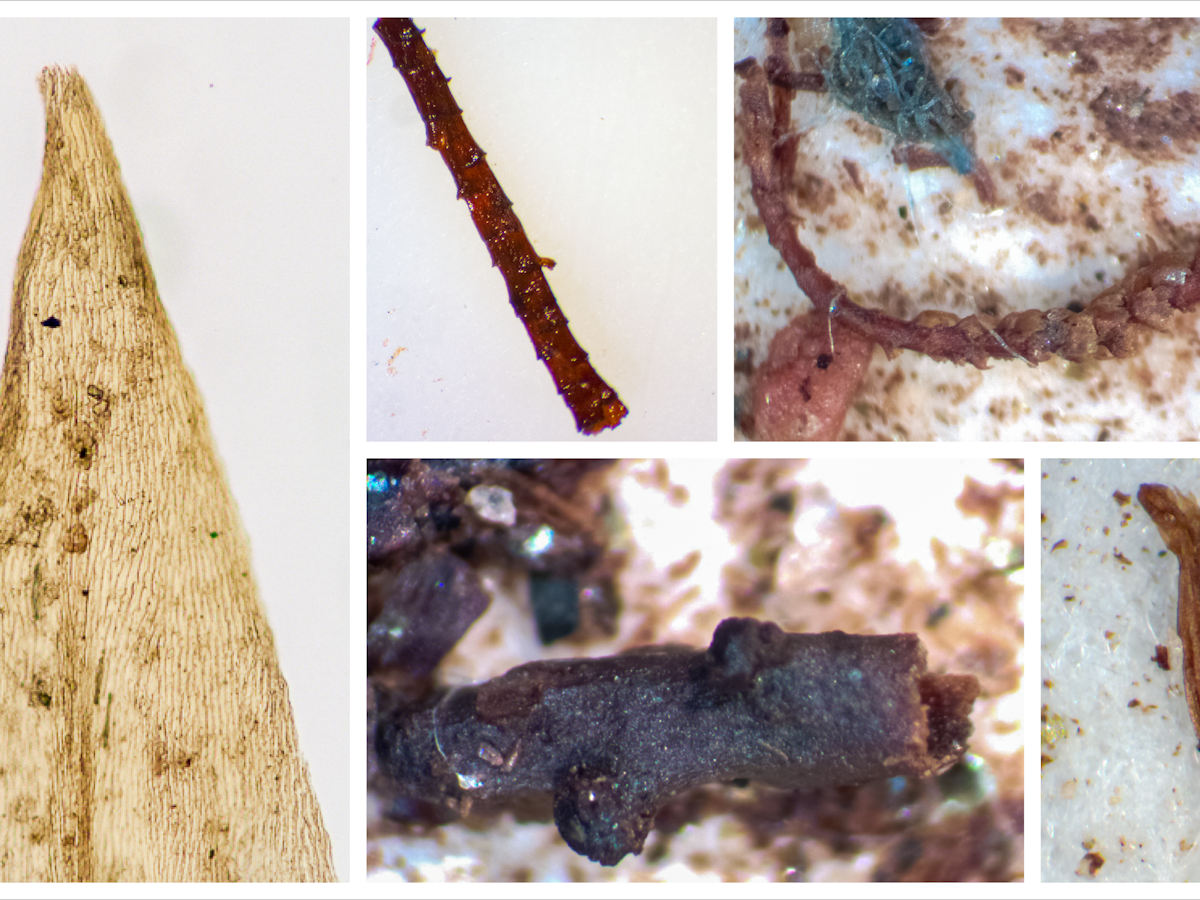For many years, I have claimed that catastrophic pole shifts periodically re-position the entire surface of the Earth, ending civilizations with water, fire, and climate change. Imagine if the area you live in today quickly moved 30 degrees of latitude – or thousands of feet in altitude. If you weren’t burned up by the solar micronova that probably triggers the pole shift – or the megatsunami of ocean water which some researchers think will bring two mile high floods over entire continents – you still have to contend with climatic changes, and the end of civilization. There are many obstacles to survival, and most people won’t make it.
So I understand why governments that know the next pole shift is due within decades would not inform the public. Governments need millions of people to keep working, keep producing, and keep paying taxes. While they prepare for the survival of a select few, they need the rest of us to fund it and stay away. If we knew this destruction was coming soon, millions would stop working, stop paying taxes, and focus their efforts on breaking into whatever form of shelters had been prepared.
With this in mind, we should expect mainstream science to deny and obfuscate evidence pointing to a cycle of deadly pole shifts that ravage the planet in a regular cycle of 12-13,000 years. We should expect to be told that although magnetic reversals are real, they don’t affect much and the last one was so far back that homo sapiens hadn’t even evolved into existence yet. We are fed nonsense about alleged “ice ages” in which the entire planet gets cold, when in reality different regions have had ice caps because they were located at one of the poles. For example, the last “ice age” in North America, when my part of Pennsylvania (currently near 40 degrees North Latitude) was under a mile of ice, but Siberia (even where the latitude is now 70 degrees North) was warm and fertile with huge herds of large animals – as large as mammoths. Now did they eat five hundred pounds of vegetation a day, like elephants do – or did they diet on ice and snow, like the cartoon ice age movies would lead us to assume?

Maybe the facts are explained better if the North Pole was near the west side of Hudson Bay 13,000 years ago – putting much of North America under and ice cap while leaving Siberia much warmer than it is today.

Governments and textbooks typically tell us that Greenland and Antarctica have been in their polar locations for many millions of years, and that sudden pole shift catastrophes do not move continents thousands of miles in short periods of time. So I was very pleasantly surprised to find articles like: “Speleothem record of mild and wet mid-Pleistocene climate in northeast Greenland” which concludes that “Inhomogeneities exist regionally, however, which suggest that the Arctic was warmer than present during Marine Isotope Stage (MIS) 15a. Using the first speleothem record for the High Arctic, we investigate the climatic response of northeast Greenland between c.588 and c.549 ka ago. Our results indicate an enhanced warmth of at least +3.5°C relative to the present, leading to permafrost thaw.”
This article is even better: “UVM scientists stunned to discover plants beneath mile-deep Greenland ice“
“Greenland is covered with ice today. But a new study shows that within the last million years it melted off and became covered with green…. In 1966, US Army scientists drilled down through nearly a mile of ice in northwestern Greenland—and pulled up a fifteen-foot-long tube of dirt from the bottom. Then this frozen sediment was lost in a freezer for decades. It was accidentally rediscovered in 2017. In 2019, University of Vermont scientist Andrew Christ looked at it through his microscope—and couldn’t believe what he was seeing: twigs and leaves instead of just sand and rock.

That suggested that the ice was gone in the recent geologic past—and that a vegetated landscape, perhaps a boreal forest, stood where a mile-deep ice sheet as big as Alaska stands today. Over the last year, Christ and an international team of scientists—led by Paul Bierman at UVM, Joerg Schaefer at Columbia University and Dorthe Dahl-Jensen at the University of Copenhagen—have studied these one-of-a-kind fossil plants and sediment from the bottom of Greenland. Their results show that most, or all, of Greenland must have been ice-free within the last million years, perhaps even the last few hundred-thousand years.“ Perhaps, if they were being completely honest, much more recently than that. But scientists are funded by research grants, mostly through the National Science Foundation which is mostly funded by the United States Government, and military… so no one wants to risk offending the monetary masters too much and end up out of work.
Dr. Christ contacted a co-worker at UVM, Paul Bierman, to try to date the soil beneath the ice. As we can read in “Secrets Under the Ice” – “Bierman is an expert at analyzing tiny amounts of radioactive isotopes that form in quartz when soil and rock is exposed to the sky, bombarded by cosmic rays. The longer the exposure, the more isotopes form. In quartz, aluminum-26 forms seven times faster than beryllium-10—and it decays twice as fast. The ratio between the aluminum and beryllium isotopes serves as a kind of clock to let the scientists measure how long it has been since a landscape was not covered with ice.

But these isotope data can be hard to interpret because it’s not necessarily clear that the material being tested is from the top-most layer of land; a glacier could scrape away many feet of soil and rock. But having organic matter—probably remnants from a time when Greenland was covered with forest—gave them confidence that they could put a limit on the maximum time the dirt had been buried under ice.” In other words, the ground may have been exposed to warm air much more recently – we don’t know that the soil they analyzed was the soil last on top. Ice or water could have ground or washed more recent surface layers away. But the samples they did analyze were definitely less than a million years old. And that means northwestern Greenland – (Camp Century, where the cores are from, is currently located at more than 77 degrees North Latitude) – some evidence suggests “Camp Century may have been ice-free as recently as 400,000 years ago.”
I tried to find what the temperature is right now, the first day of spring, at Camp Century. The best I found was data from 2018: “The minimum average daily air temperature measured in the first year of the programme was -47.2°C on 10 March 2018. The maximum average daily air temperature was -0.8°C on 31 July 2017. The average temperature for the first year was -24°C.” -24°C is approximately -19°F – the average temperature today. If the average temperature rose 50°F, it would still be one degree below freezing, on average. The liklihood that Camp Century, Greenland was covered with green at its current latitude (with the North Pole at its present location) seems slim. Of course, a periodic cycle of pole shifts explains how this is possible.
For far more evidence, consider reading: Pole Shift: Evidence Will Not Be Silenced
